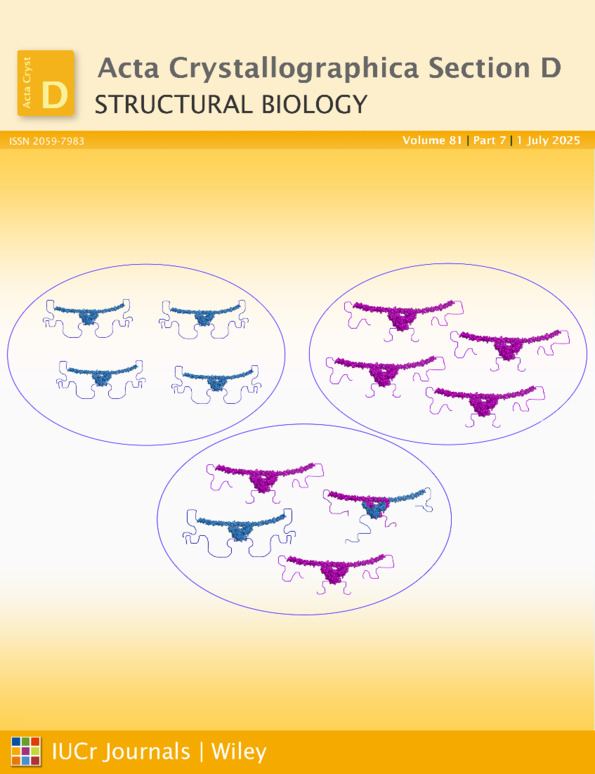An attempt to increase the efficiency of protein crystal screening: a simplified screen and experiments
Abstract
Macromolecular crystallization remains a bottleneck in structure determination by X-ray diffraction. Based on the data reflecting success rates of crystallization conditions in different screens and the information derived from the BMCD and other related studies, a simplified screen has been designed to increase the success rate of traditional screening and to save samples, time and cost. The screen has been tested with six protein samples which had been crystallized before and its comparison with Crystal Screen (Hampton Research) was also performed with lysozyme crystallization. The experimental results show that for obtaining crystal leads, the success rate of the simplified screen is reasonably higher. In addition, it has been successful in crystallizing two new proteins from snake venom using the simplified screen that had failed with Crystal Screen. These results indicate that the simplified screen, which assembles and optimizes the efficient crystallization conditions from distinct screens, extends the region of crystallization and improves the success rate of screening. Based on information of newly published efficient crystallization conditions, the simplified screen could be developed and optimized continuously in the future.




